Industrial disasters have always captured the imagination of filmmakers, providing a rich tapestry for storytelling that combines human drama with the raw power of nature or technology gone awry. This curated list of 10 films delves into the heart of industrial calamities, showcasing the catastrophic failures of factories, power plants, and other industrial facilities. Each film not only entertains but also offers a cautionary tale about the consequences of industrial negligence or unforeseen events, making for a thrilling watch that resonates with real-world concerns.
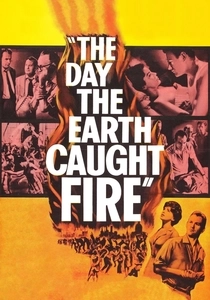
The Day the Earth Caught Fire (1961)
Description: This classic British film deals with the aftermath of simultaneous nuclear tests by the US and USSR, leading to a shift in the Earth's axis, affecting industrial operations worldwide.
Fact: The film was notable for its innovative use of newsreel footage to give the story a documentary feel.
 Watch Now
Watch Now 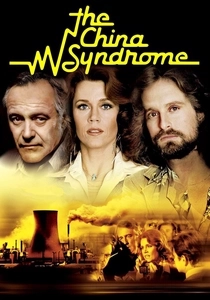
The China Syndrome (1979)
Description: This film explores the potential for a nuclear meltdown at a power plant, highlighting the tension between corporate greed and public safety. It's a classic in the disaster genre, focusing on the industrial aspect of nuclear power.
Fact: The film's release was eerily timed with the Three Mile Island accident, which occurred just weeks after its premiere, giving it an unintended real-world relevance.
 Watch Now
Watch Now 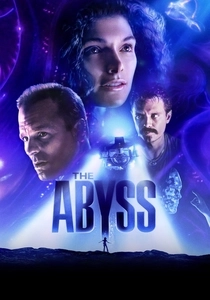
The Abyss (1989)
Description: While not about an industrial plant per se, it involves a deep-sea drilling operation that goes awry, showcasing the industrial aspect of underwater exploration and the potential for disaster.
Fact: James Cameron, the director, developed new underwater filming technology for this movie, which was later used in other films.
 Watch Now
Watch Now 
Outbreak (1995)
Description: Although primarily about a viral outbreak, the film includes scenes where industrial facilities are used to produce and distribute a vaccine, showing the industrial response to a biological disaster.
Fact: The film was one of the first to explore the concept of a global health crisis, eerily prescient of future pandemics.
 Watch Now
Watch Now 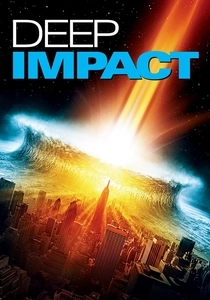
Deep Impact (1998)
Description: This film features a comet strike that causes widespread destruction, including to industrial facilities. It's a tale of human survival and the fragility of our industrial infrastructure against cosmic events.
Fact: The film was released in the same year as another comet disaster movie, "Armageddon," leading to comparisons between the two.
 Watch Now
Watch Now 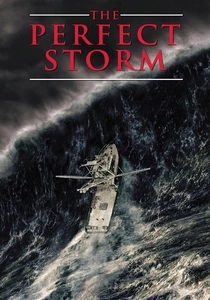
The Perfect Storm (2000)
Description: While focusing on a fishing boat, the film also touches on the industrial side of fishing operations and the catastrophic impact of weather on industrial vessels.
Fact: The film was based on the book by Sebastian Junger, which itself was inspired by real events.
 Watch Now
Watch Now 
The Core (2003)
Description: While not strictly about an industrial plant, it involves a team drilling to the Earth's core, showcasing the industrial might and the potential for catastrophic failure in such endeavors.
Fact: The film features a unique premise of the Earth's core stopping, leading to a series of global disasters.
 Watch Now
Watch Now 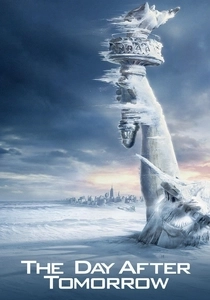
The Day After Tomorrow (2004)
Description: Although primarily a climate change disaster film, it includes scenes where industrial facilities are overwhelmed by extreme weather events, showcasing the vulnerability of human-made structures to natural disasters.
Fact: The film was one of the first to use extensive CGI to simulate weather phenomena, setting a new standard for disaster movies.
 Watch Now
Watch Now 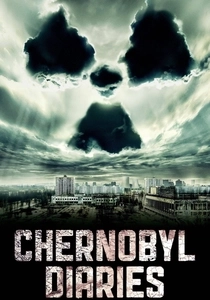
Chernobyl Diaries (2012)
Description: While not directly about an industrial plant, this film captures the aftermath of the Chernobyl nuclear disaster, focusing on a group of tourists exploring the abandoned city of Pripyat, highlighting the long-term effects of industrial failure.
Fact: The film was shot in Serbia, with sets built to replicate the eerie atmosphere of the Chernobyl exclusion zone.
 Watch Now
Watch Now 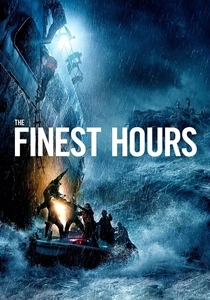
The Finest Hours (2016)
Description: This film recounts the true story of the SS Pendleton, an oil tanker that splits in half during a storm, highlighting the industrial disaster aspect of maritime operations.
Fact: The film was based on the book by Michael J. Tougias and Casey Sherman, detailing one of the most daring rescues in Coast Guard history.
 Watch Now
Watch Now 








